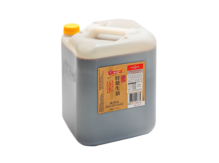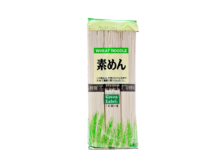Shuu-Mai Koshihikari Short Grain Rice
Made In: Vietnam Capacity: 18.16 kg Quantity Per A Package: 1 Kosher: San Francisco
Catalog Number: 1-2082
All varieties of rice in the world belong to two main races: indica, with elongated, thin and less sticky grains; and japonica, with short, stubby grains that tend to stick.
These two races include thousands of rice varieties – with different origins and varied attributes – which makes them suitable for plenty of recipes and cooking methods.
The rice suitable for making sushi is a short-grain rice that is cooked, mixed with vinegar, salt and sugar while hot and is then immediately cooled.
What results is rice with a balanced flavor whose grains stick one to another. To make sushi rice, varieties belonging to the japonica race should be used,
as their relatively sticky grains would keep the rice in the sushi from falling apart. Traditionally, short-grained varieties of rice are used,
such as minori – a variety originating in Japan whose grains are flattened and short. Medium-grained varieties of rice can also be used,
such as Calrose – a variety originating in California whose popularity in the US made it fairly popular in Japan as well. The more polished the rice is, the higher its quality.
Tamaki gold is an example for rice that has been extensively polished, and its grains’ interior is relatively moist, which makes for high quality sushi rice.




